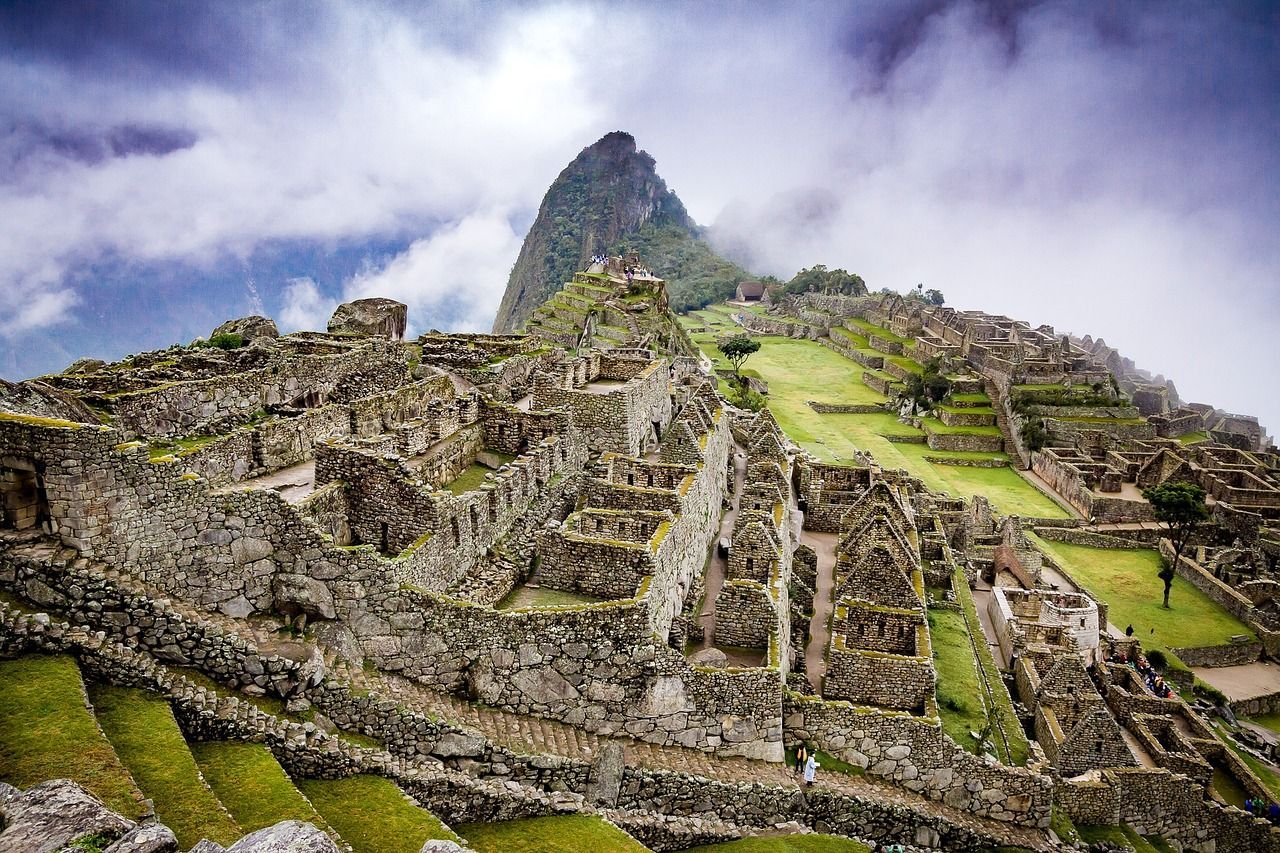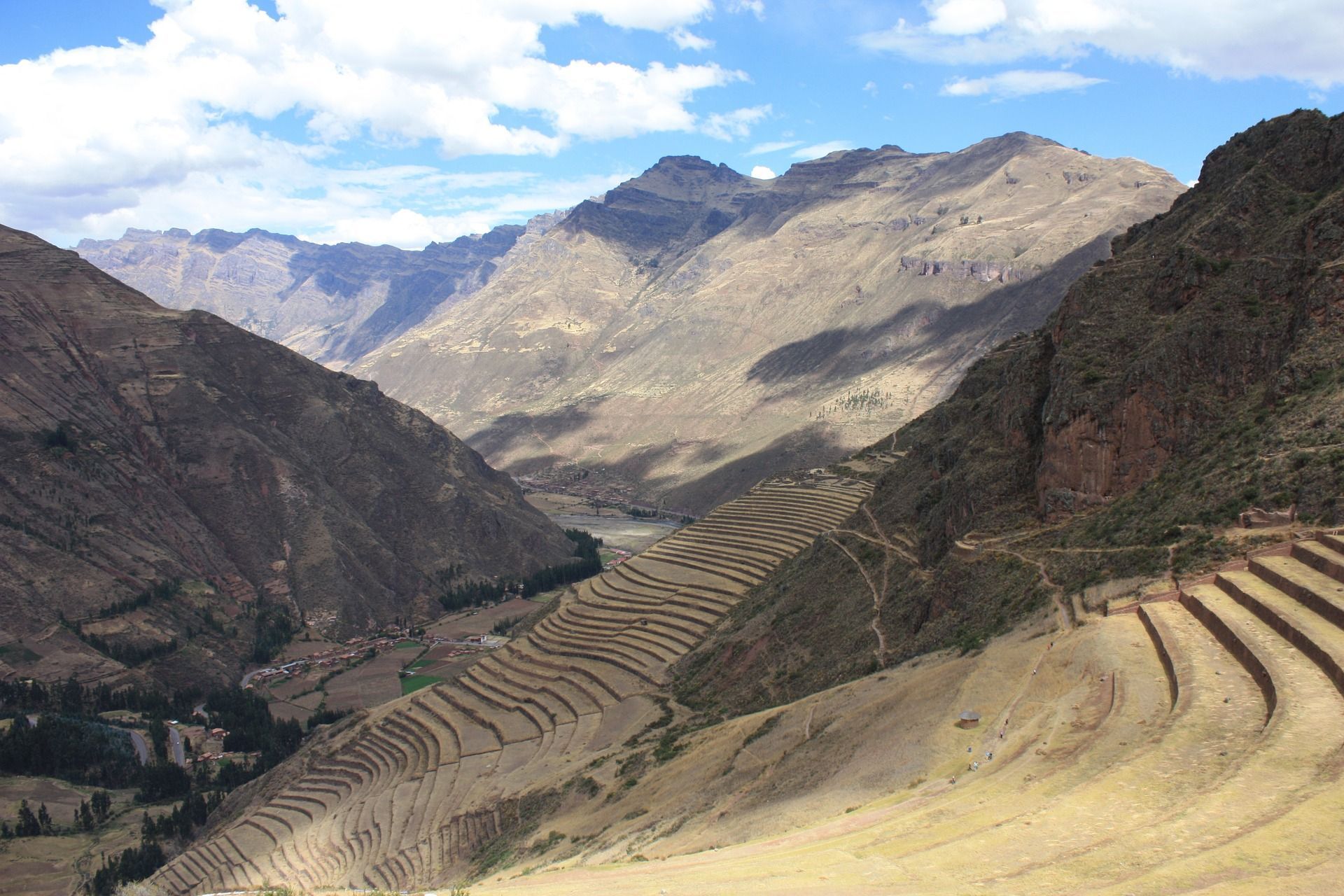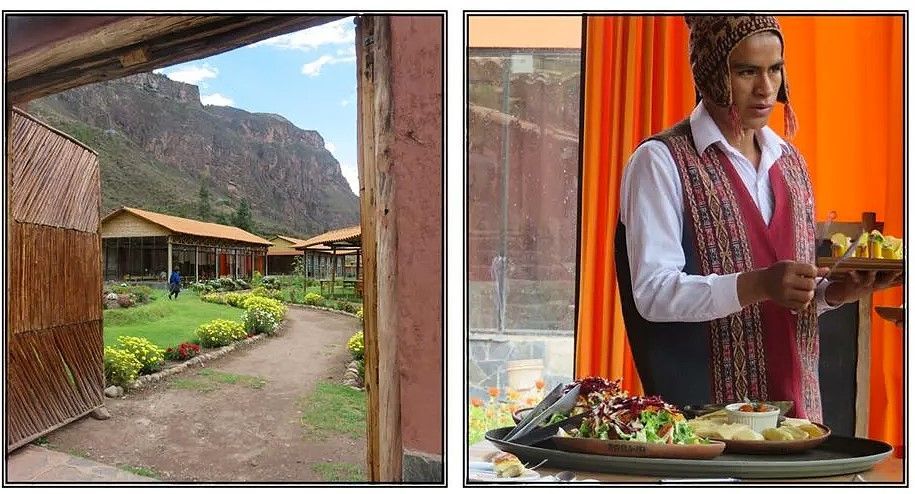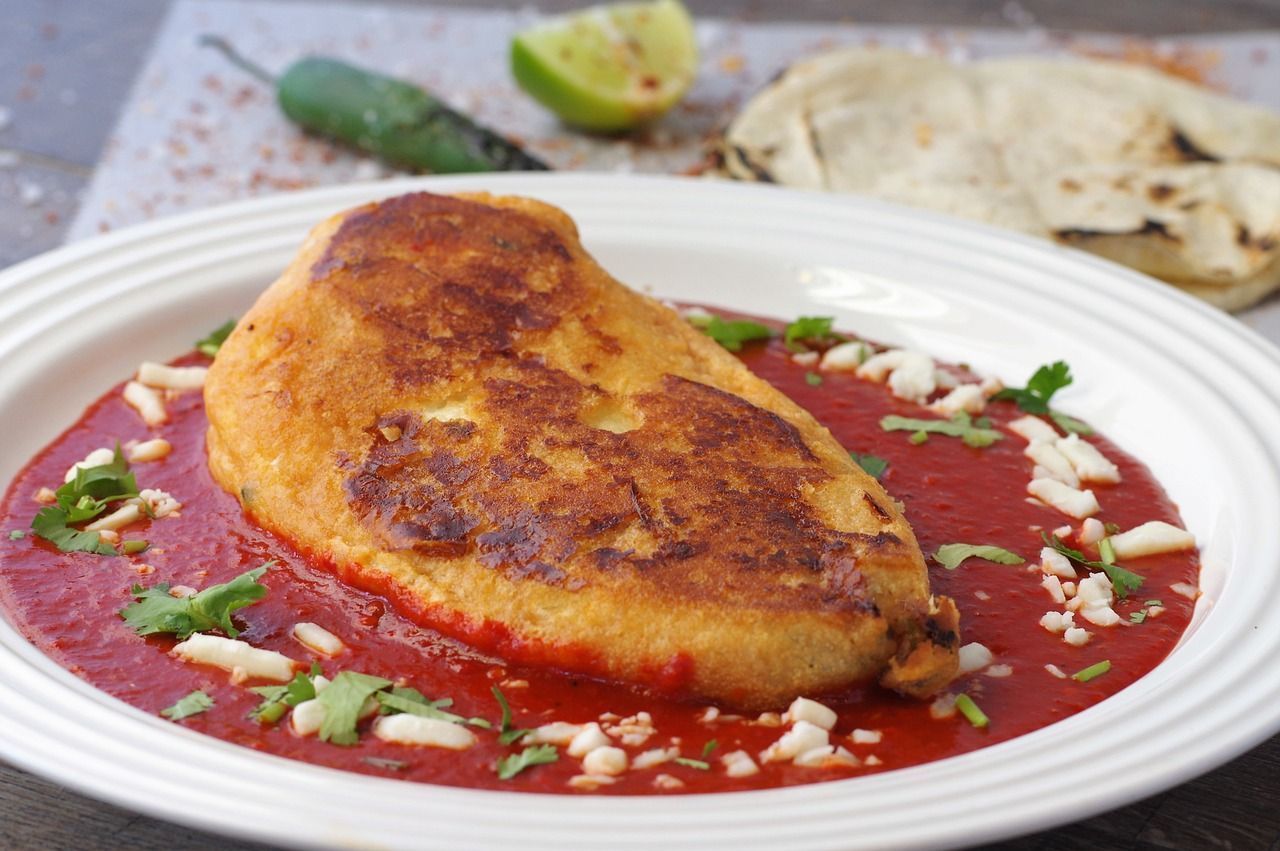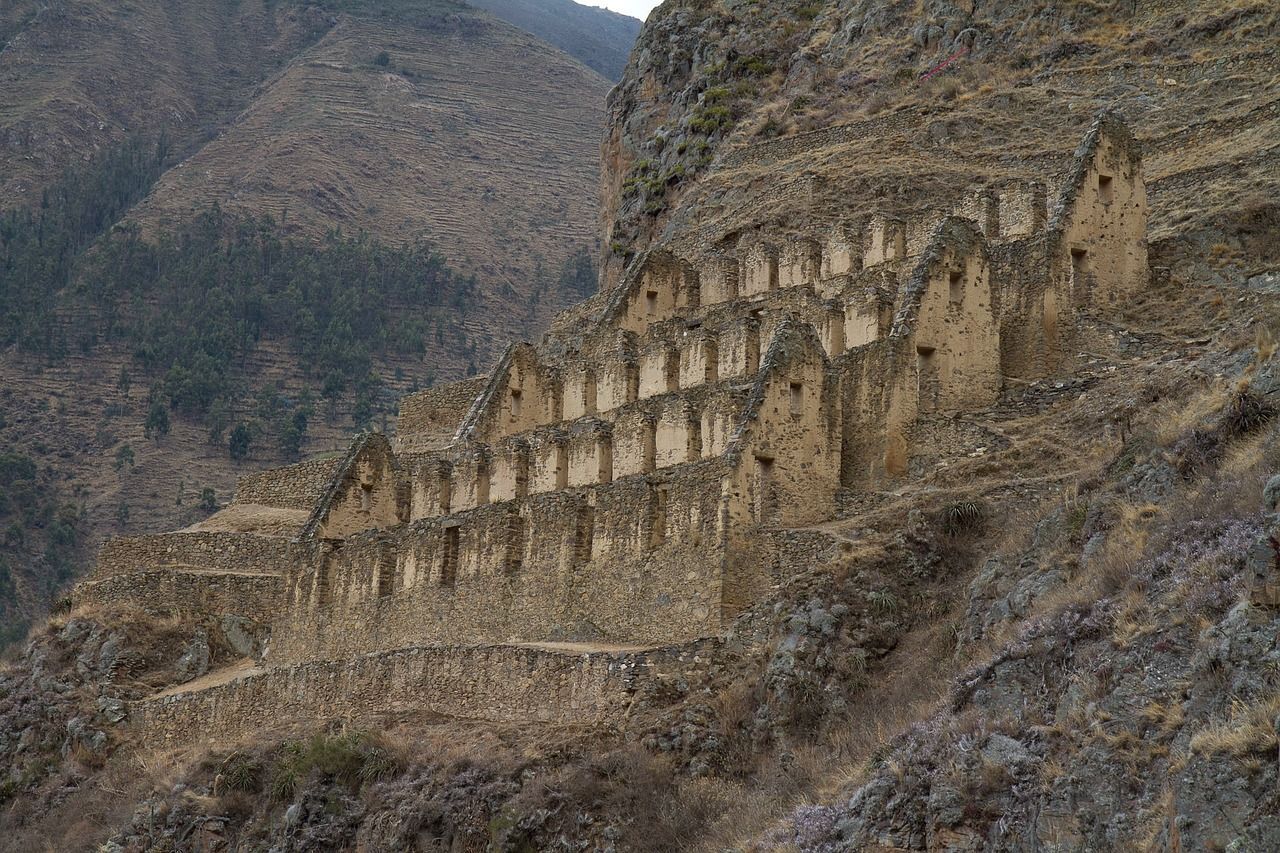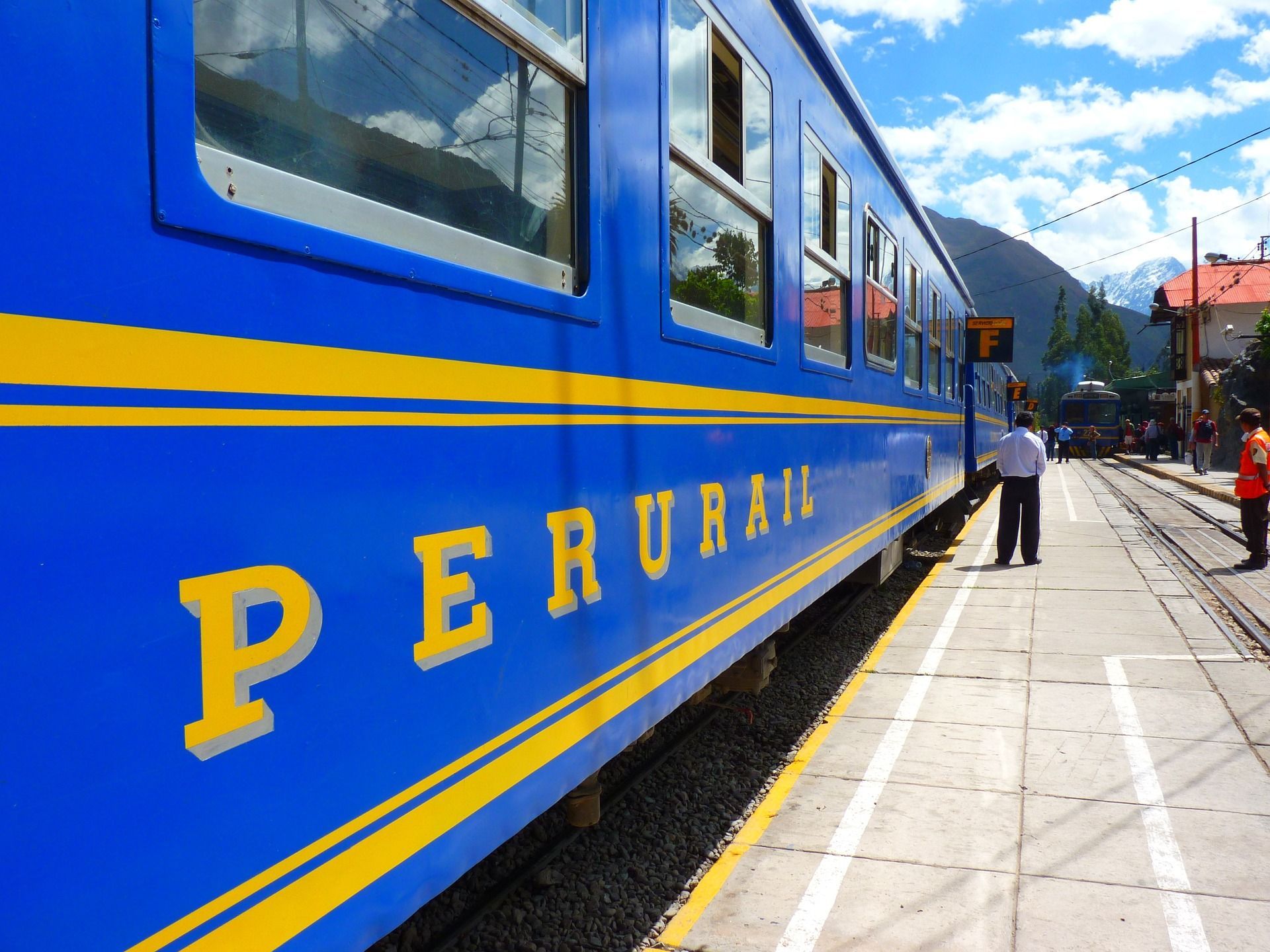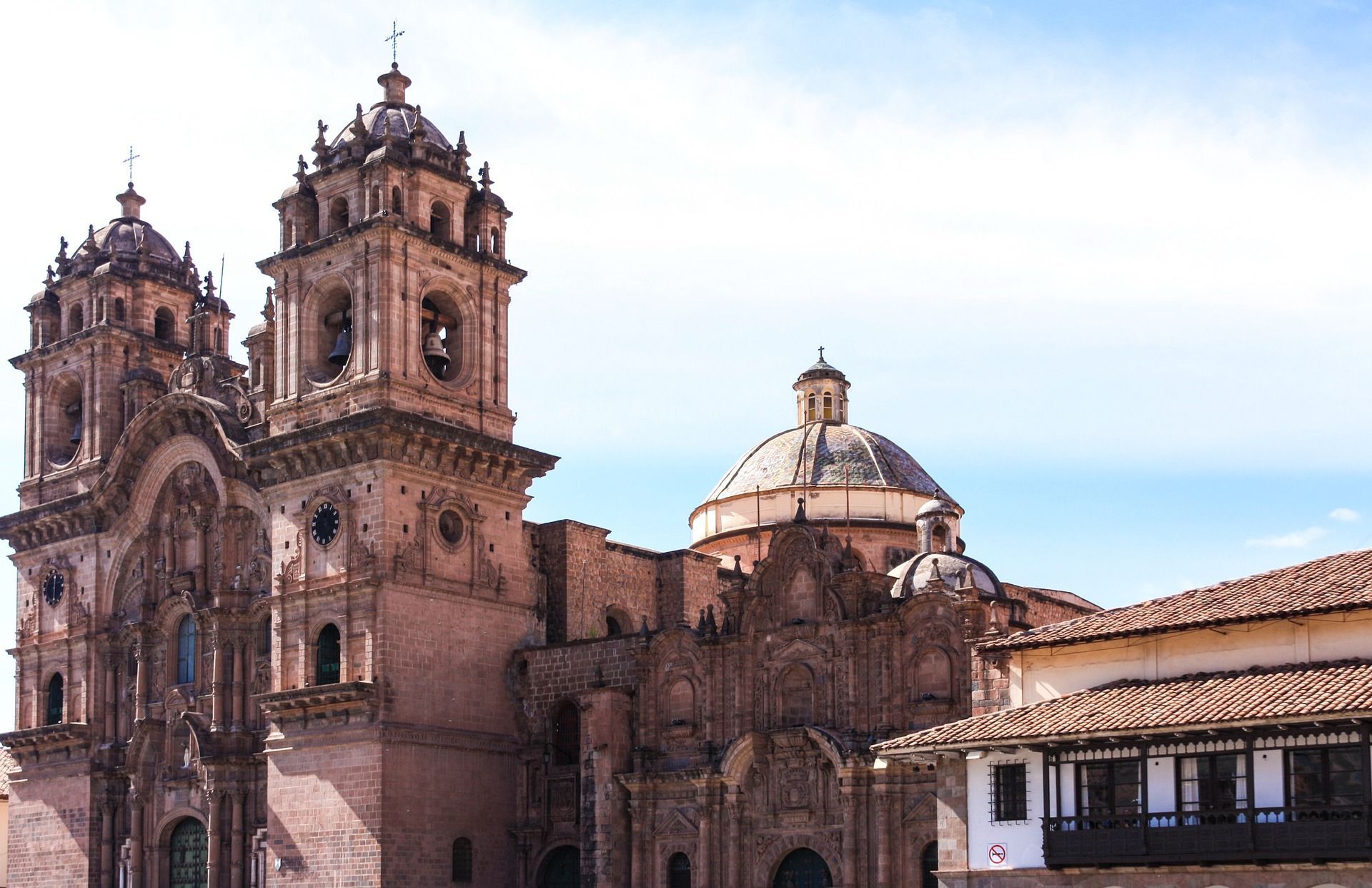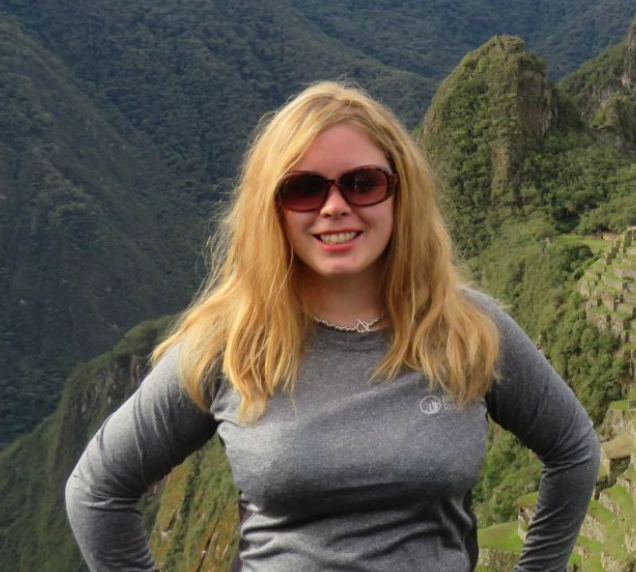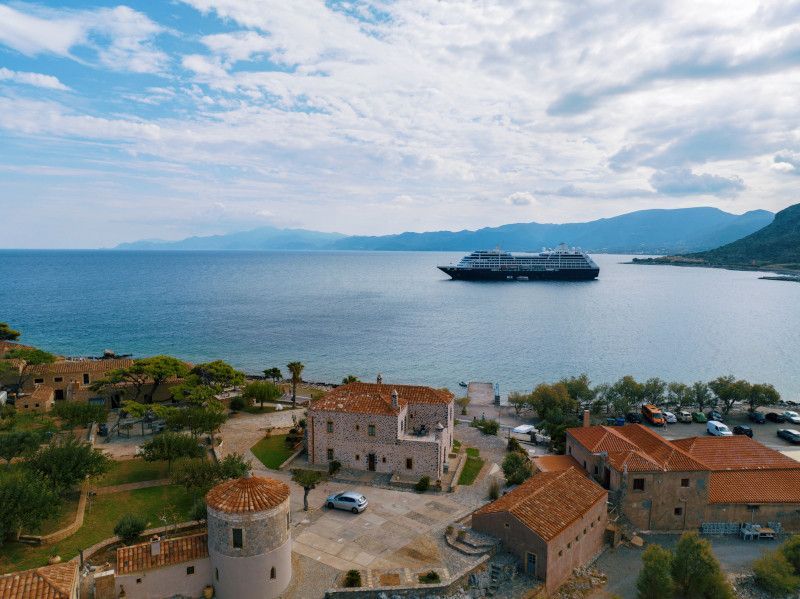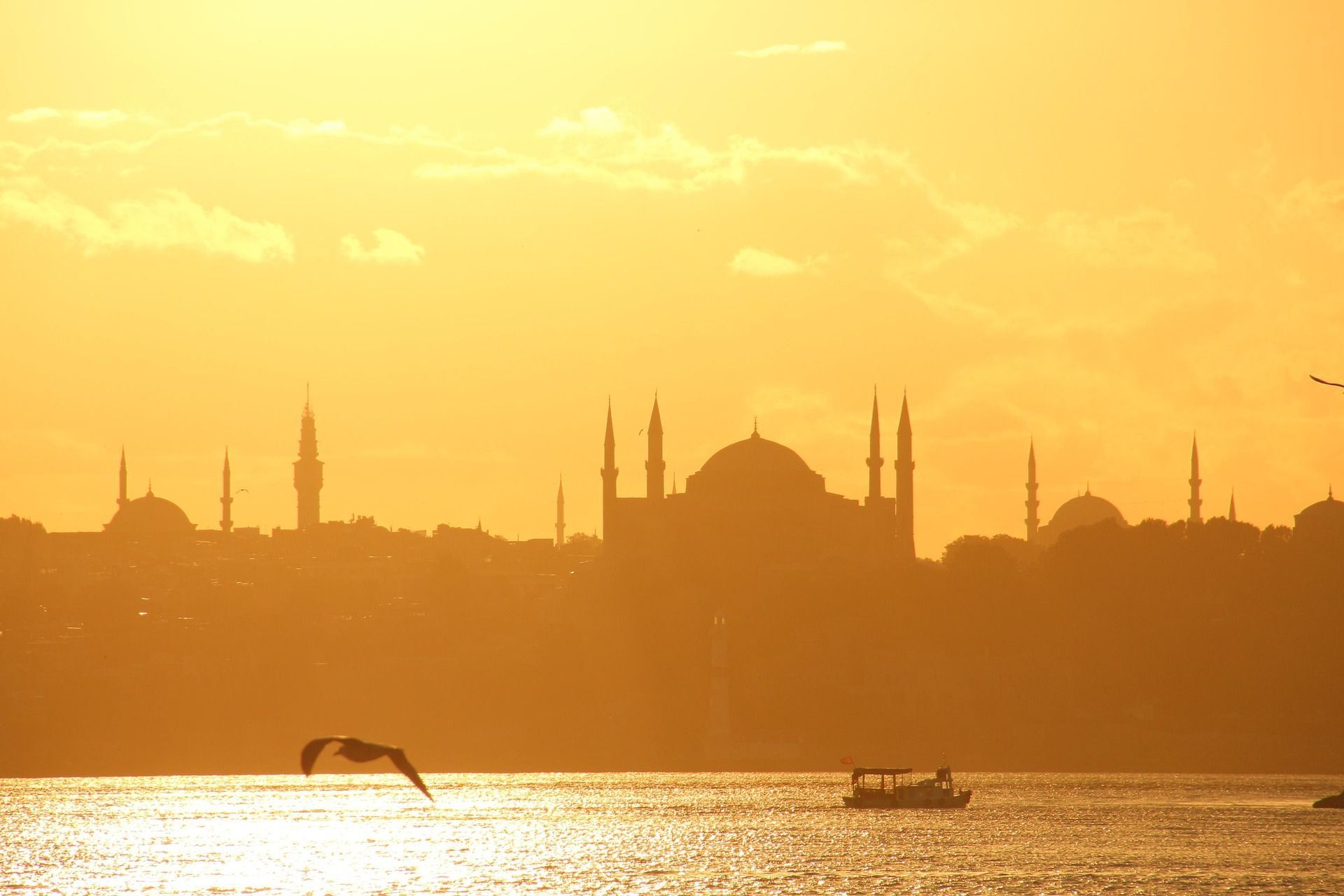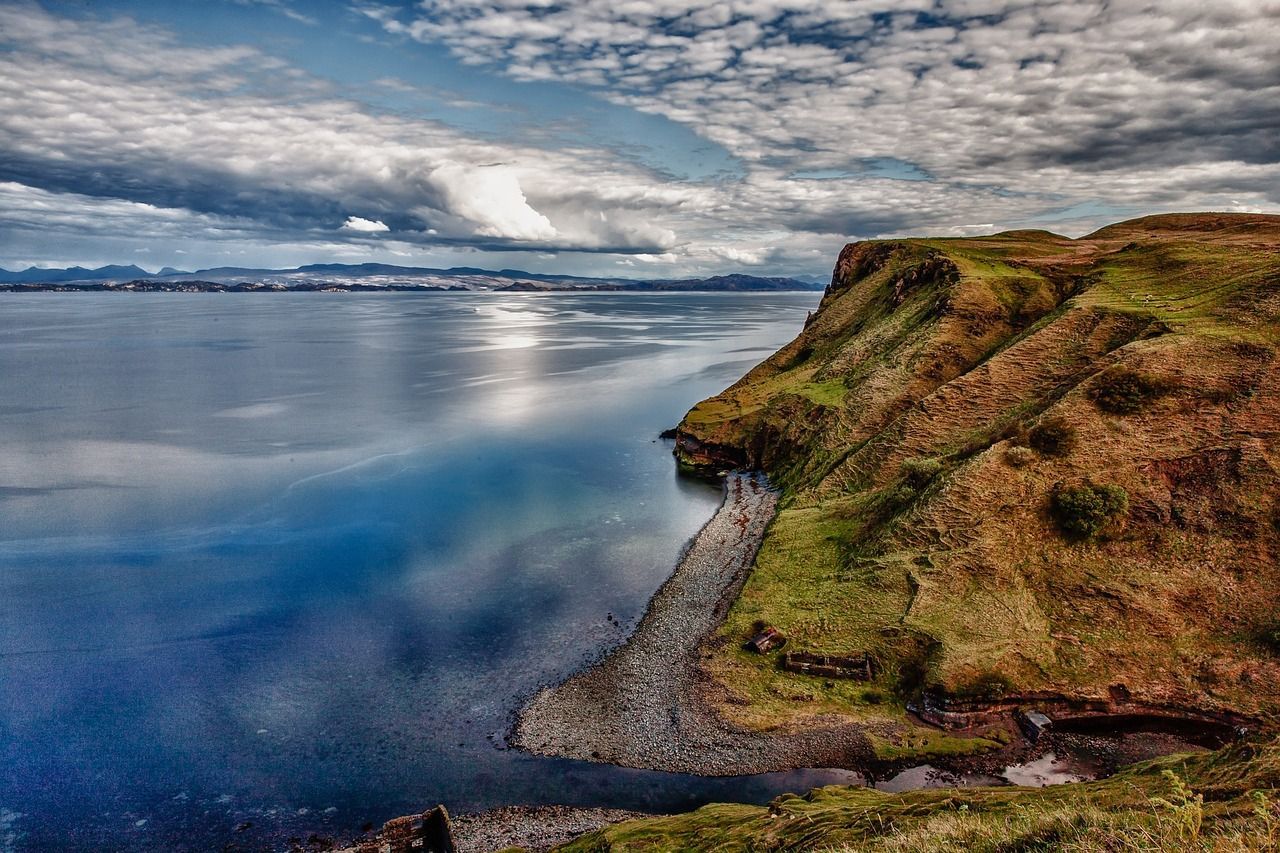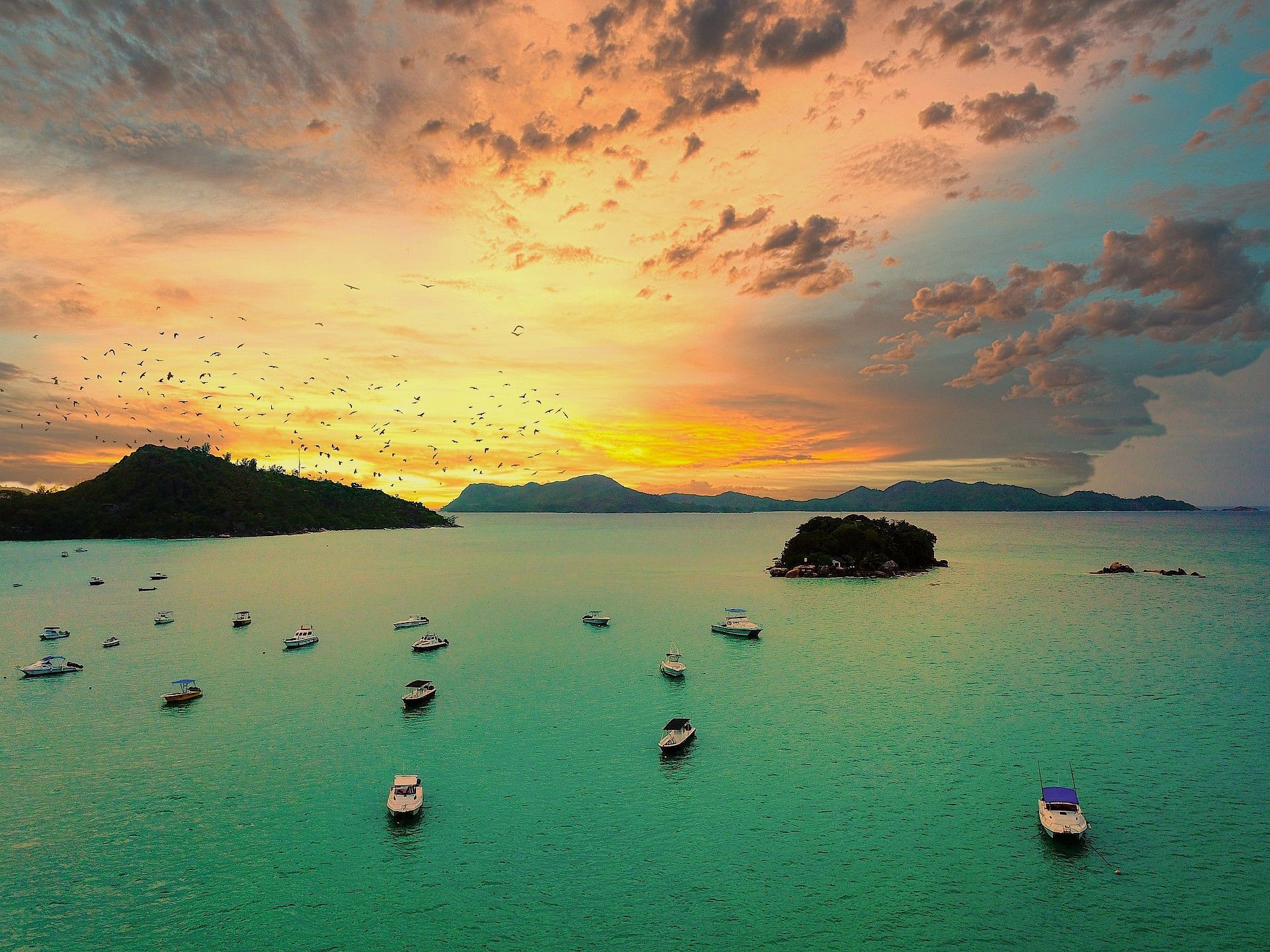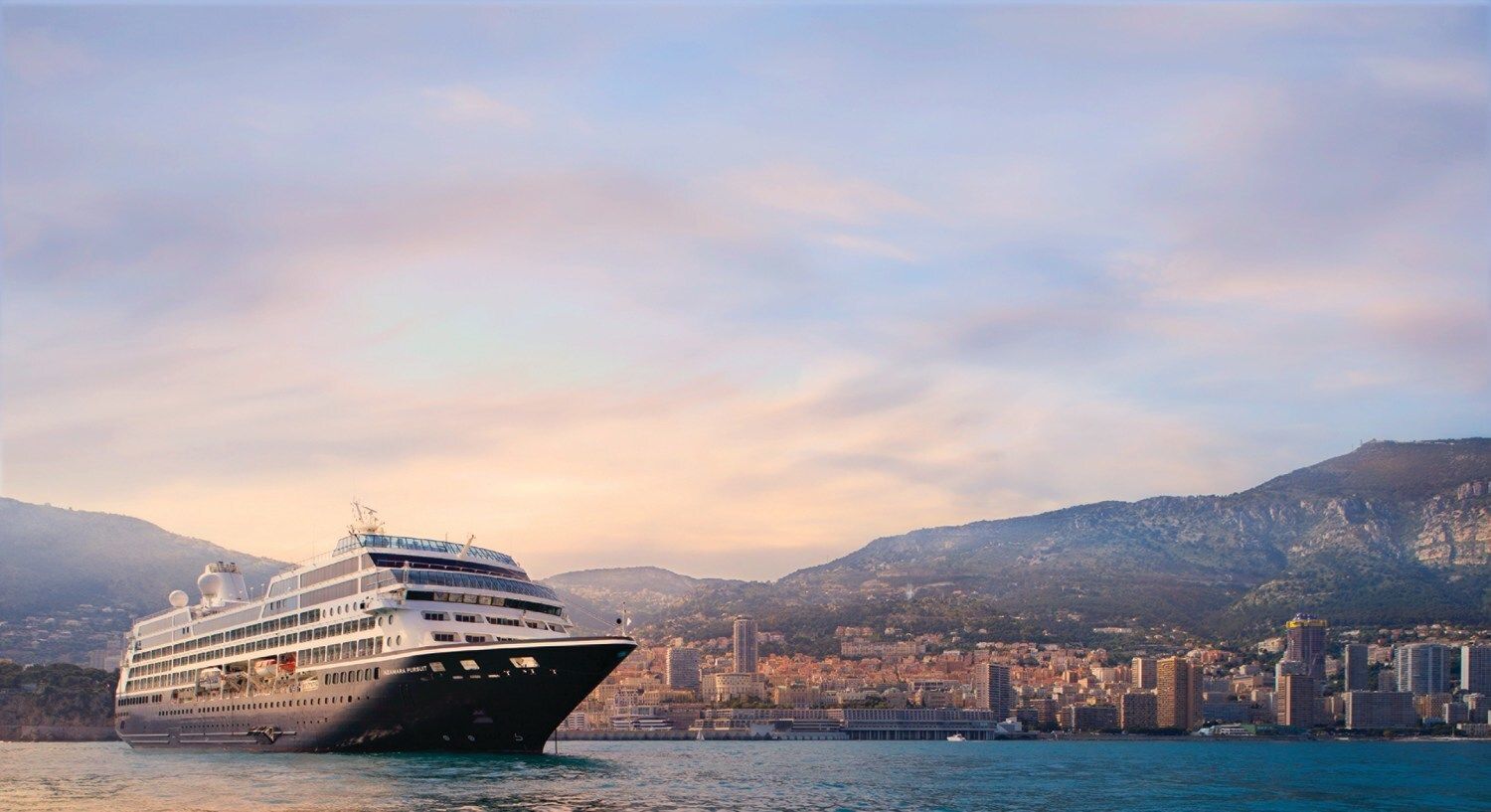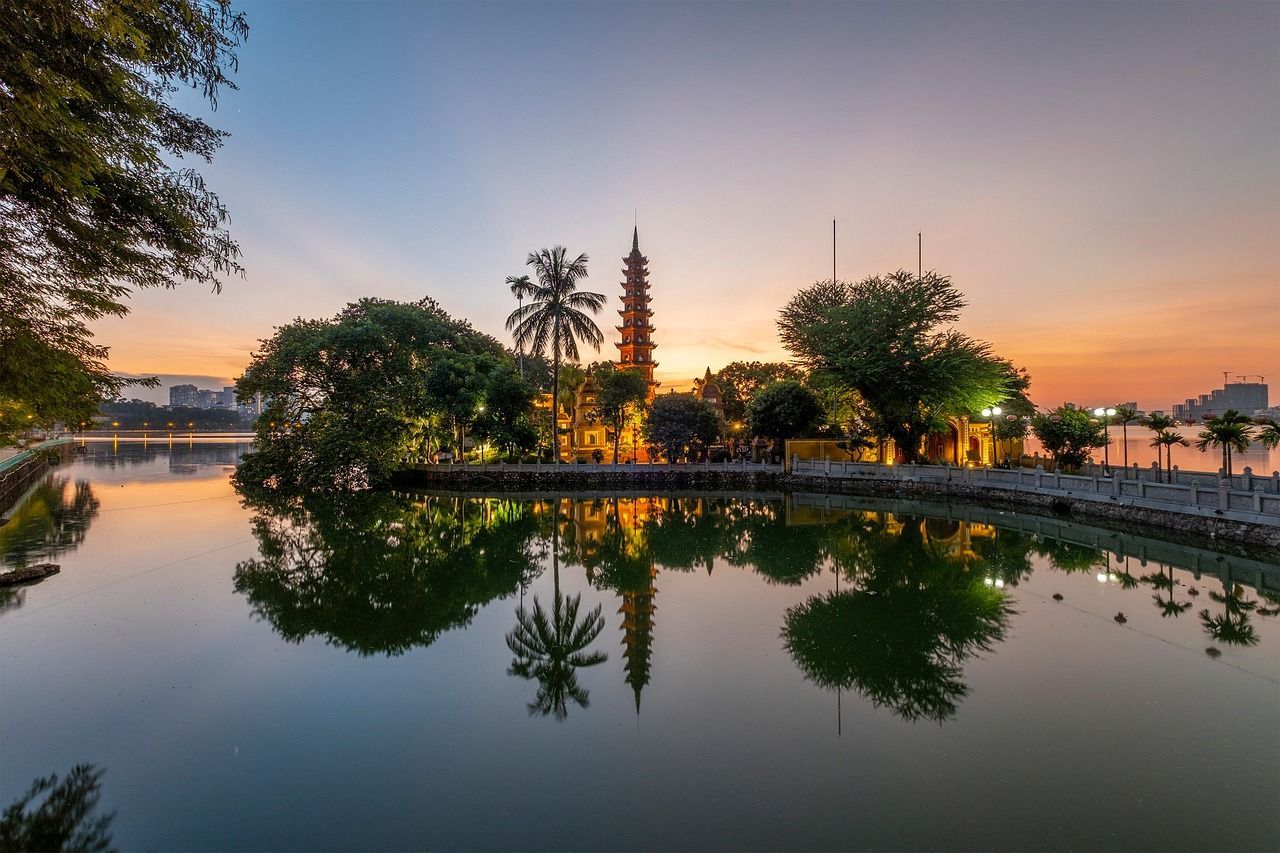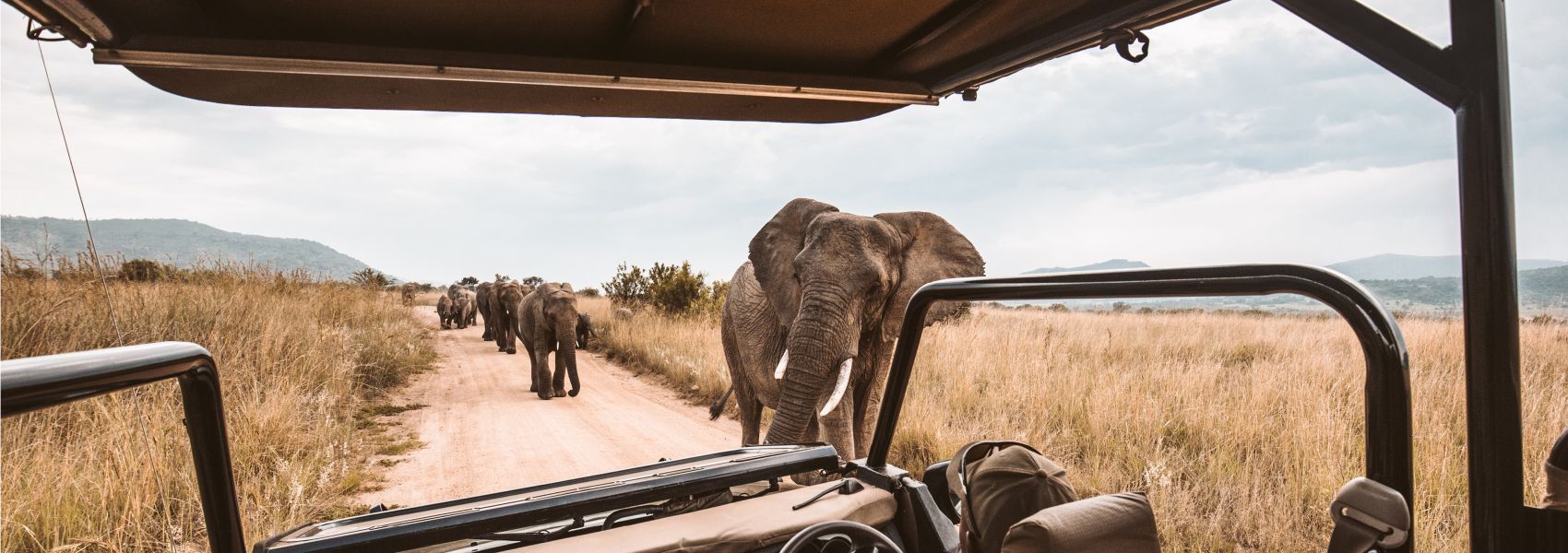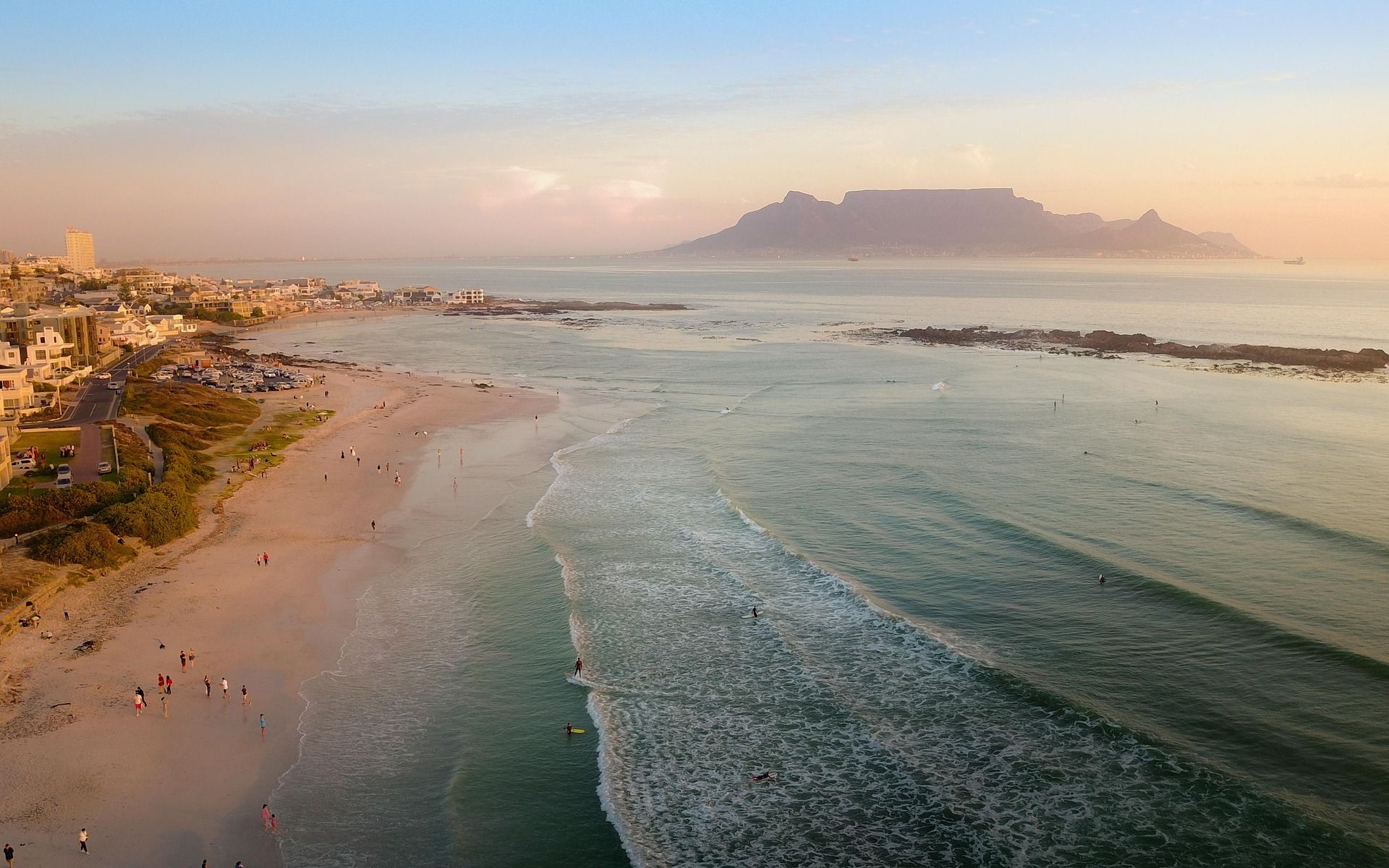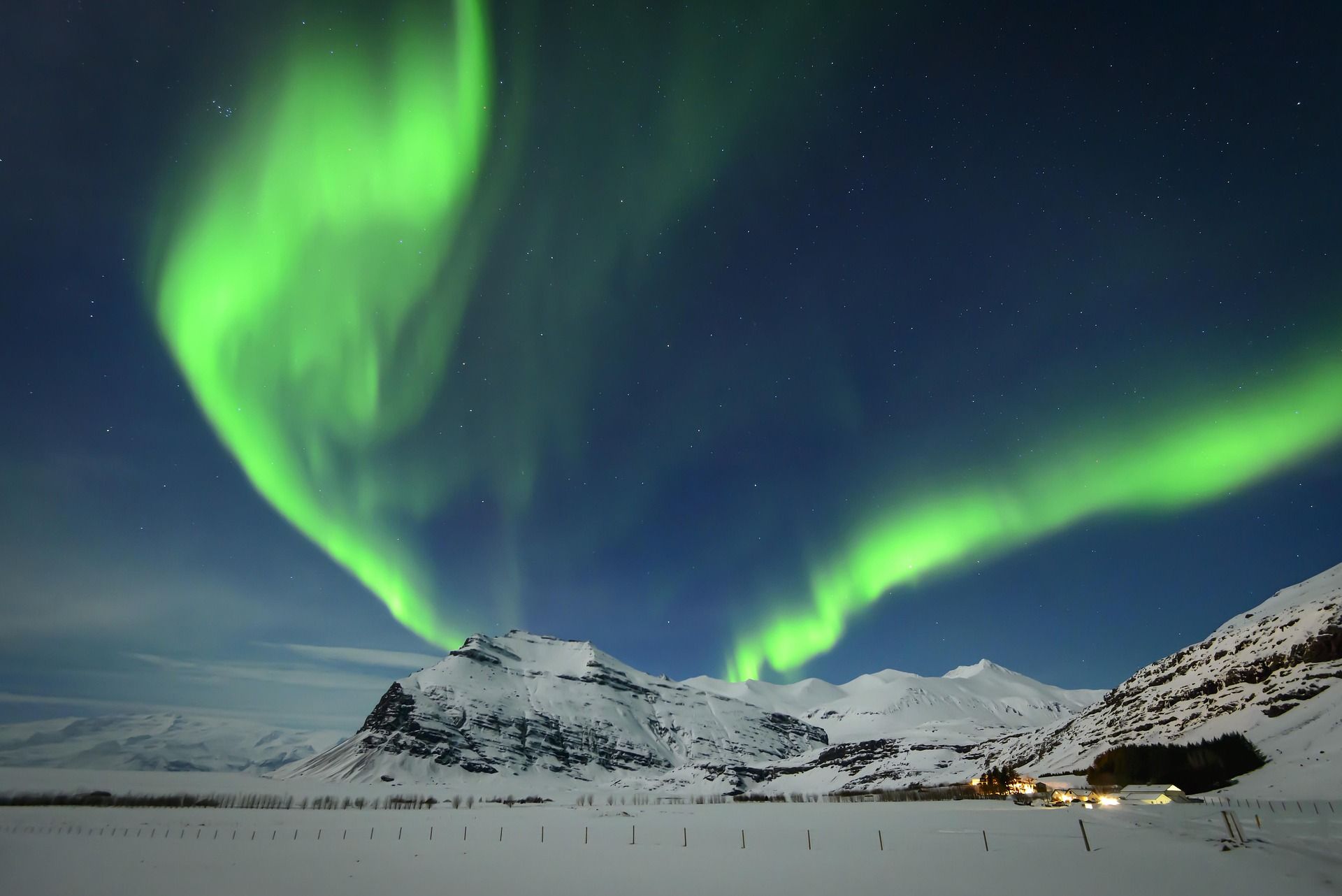Amy recently visited South America for the first time, exploring Peru with G Adventures on the ten-day Inca Journey tour. This was a trip of a lifetime, packed full of incredible experiences, which are documented in this mini blog series. Read this blog – the second part of the trilogy – to find out more about Amy’s time in the Sacred Valley and the Inca Trail to iconic Machu Picchu
South America in general, and
Peru in particular, was high up on my list of places I wanted to visit, and I wanted to travel in a small group. I didn’t necessarily want to do the four-day Inca Trail hike, as I’m not a fan of camping, but the ten-day Inca Journey
tour with G Adventures takes you from Ollantaytambo to Aguas Calientes by train, with the option of hiking part of the Inca Trail to Machu Picchu.
The deal was sealed when I realised that the one-day hike would coincide with my birthday, if I chose this particular departure. What more could I ask for? Iconic sites, a new country and a new continent to explore, a challenge, and a birthday to remember !
Sacred Valley, Peru
After our night in Cusco, we’d had some time to acclimatise to the elevation, although over the next couple of days we were going to slowly descend in altitude.
We left Cusco for a full-day tour of the famous Sacred Valley
, which spreads across roughly 37 miles and, along with Cusco the Incan capital and Machu Picchu, formed the heart of the Inca Empire. As the Incas were predominantly agricultural, it’s easy to see why the fertile farmland of the Sacred Valley played such a pivotal role.
Our first stop was perhaps only ten or fifteen minutes into the journey, as we ascended up the hills that surrounded Cusco city, stopping in part of the expansive Sacsayhuaman archaeological park, for some fantastic views over Cusco itself. From there, our journey continued through the Andean foothills, passing small villages, and traditional houses which featured bulls and crosses atop their roofs; the bull represents fertility, and the crosses represent the Christian religion, and are placed on the roof to ward off bad spirits in a tradition dating back to Spanish colonialism. These figures were given as a present from the newly built house’s ‘godfather’.
G Adventures-supported community project
The next stop was one of my favourite highlights, as we visited a G Adventures-supported community project. One of the many reasons I like G Adventures is their commitment to sustainable tourism and helping local communities, which is where the not-for-profit organisation, Planeterra, set up by G Adventures comes in. Planeterra began working with the women of Ccaccaccollo in 2005. Ccaccaccollo is a traditional community in the heart of the sacred valley, where a woman’s place is traditionally kept at home.
While G Adventures offers employment opportunities for men in the community, with some working as porters and cooks on the Inca Trail, they also offer a viable alternative for the women in the community, helping to empower them and their community as a whole through the use of their traditional skills such as weaving. Through the
women’s weaving co-operative , the women of the community have been able to raise funds for electricity and paving, which was introduced in 2012. For those women involved in the project, it has been invaluable to them, as they’ve been able to put their children through university, significantly contribute to their families incomes, and are the first generation in their community to be completely literate in Spanish (the community speaks Quechua).
At the same time, it’s helped to preserve the centuries-old traditions of weaving, which could very well otherwise have been in danger of dying out. Whilst this project is clearly important for the community, it was fascinating to learn about the skills and processes of weaving, dying the wool, learning about the distinction between llama, alpaca, and vicuna wool, admiring the beautiful traditional clothes worn by the women, and having the chance to buy my own alpaca-wool jumper.
Pisac Village, Peru
The journey continued through the awe-inspiring mountain scapes of the Andes and the Sacred Valley, until we reached the village of Pisac, which is still renowned for its bustling market today. Sadly, it wasn’t market day, but we still had time to explore the hilltop ruins of Inca Pisac, which also offered some impressive panoramic views of the valley below and the nearby mountains.
High up on a nearby rock face, holes were visible; Washi explained that they were the site of pre-Inca burials. The central importance of agriculture to the Incan empire was in evidence with the terraces descending down the hill close to the citadel ruins, and this was perhaps our first flavour of things to come. After some time to explore the site, we set off for lunch.
Huchuy Qosqo Community Project
Lunch in the Sacred Valley was another Planeterra/G Adventures-sponsored community project, this time helping support those of the tiny community of Huchuy Qosqo. Prior to the Parwa Restaurant being set up, there were few economic opportunities nearby for locals, and young people had to leave for bigger cities.
The Parwa Restaurant has revived the community by giving them access to more job opportunities, and benefits the local farming community by using their products. It’s set up to offer beautiful panoramic views for guests, and serves delicious local food, including soup,
rocoto relleno (pepper stuffed with beef mince and vegetables and then cooked in a batter), quinoa and stirfried chicken. Throughout the tour, many of us agreed that this was one of our favourite meals.
Ollantaytambo, Peru
Our final stop was our ultimate destination, the town of Ollantaytambo, where we’d be staying for the night. We just happened to be staying the night that the town was celebrating the 800 th anniversary of its foundation, and there was a buzz of excitement in the town square, where stalls had been set up along one side opposite a stage.
There was some dancing, and later – after dinner – the beginning of a procession of dancers and people wearing masks. Ollantaytambo is best known for the imposing Inca fortress, with steep stone terraces climbing up a hillside. During our tour of the fortress ruins, Washi told us the town’s history, its role as a storage centre, and its role as a potentially rebellious town in the civil war which contributed to the downfall of the Inca Empire, particularly about its leader, Ollantay, who had fallen in love with the Inca king’s daughter, but couldn’t marry her.
He explained about Inca architectural techniques, how rock was carried from a quarry miles away, and showed us the old Inca-era grid system of the town below, which can best be seen from up high on the fortress. Some of the oldest adobe buildings in the town date back five hundred years.
The Inca Trail
The Inca Empire spread across large swathes of South America, from their origins of Peru, expanding into Bolivia, Ecuador, northwest Argentina, north and central Chile, and even into southwest Colombia; it was the largest pre-Columbian empire in South America, and possibly the largest in the world in the early 16
th century.
When the Spanish arrived, they considered the indigenous people to be basic and unsophisticated, not least because they didn’t use any wheeled vehicles, or animals to pull wagons and ploughs. But after all, the land conditions were simply untenable to this mode of transportation, and people travelled across the mighty Empire by trails, which were used for trade and communication, linking various towns together. Some of these trails are still used today, most famously the Inca Trail, which takes those most intrepid travellers from 55 miles (or 51 miles from Cusco) on the Urubamba River to Machu Picchu, on the ‘Classic’ four day hike. The Inca Trail is, in fact, three different overlapping trails: the Classic, the Mollepata, and the One Day.
Train to Aguas Calientes
After our night in Ollantaytambo, it was time to head to the train station to catch the train to Aguas Calientes. The blue Peru Rail trains are tourist class, so a lot more comfort could be expected, starting with being greeted and having your ticket checked by smartly dressed staff (already a major improvement from East Midlands or Thameslink trains). During the hour or so it took to get us to the 104km stop, we were offered complimentary teas and coffees, or juices, and a snack. The passing countryside grew ever more tropical and lush, and the windows offered plenty of panoramic views, even in the domed roof.
It felt a little surreal to depart from the train in the middle of a forest, watching as it left us behind. There were seven of us doing the hike to Machu Picchu, and we were joined by Pepe, a specialist guide for the Inca Trail. The 104km stop is at Chachabamba, which is at 2150m elevation, and the first stretch of the hike, Pepe warned us, was the most difficult. It was about 6km to Wiñaywayna, on an uphill ascent to 2700m, but the highest point is Intipunku (the Sun Gate), which is at 2750m, and 3.5km from Wiñaywayna. From the Sun Gate, it’s a short stretch of 1km to Machu Picchu itself, which sits at 2450m. In total it’s a hike of just over six and a half miles – but what an incredible journey it is!
The Inca Trail - Chachabamba
Shortly after the starting point, there are the ruins of a messenger station, just one of many which are dotted along the trails created by the Incas as a network for their empire. Pepe pointed out that more important buildings, such as temples and palaces, could be distinguished by the use of bigger, smoother stones, rather than the smaller stones used to build the messenger station that stood in front of us.
We continued on our way, and despite the dense clouds that clung to the tops of the mountains that surrounded us, it was warm enough to soon remove my jumper. For much of the first hour, it was humid and hot. The scenery was just spectacular – from the peaks of the imposing tree-clad mountains, to the depths of the valley with the river coursing below us, as we walked through the forest vegetation, travailing along narrow mountain ledges, and up (thankfully not too many) stone steps. It’s incredible to think that these trails date back to the 13
th century, although they’ve only been opened to tourism since the 1970s.
The thick clouds added to the atmosphere and anticipation, but we were ultimately lucky with the weather. High up in the Andes, there’s always a chance of rainfall, and we did have some drizzle, which at one stretch after lunch got progressively worse (but never torrential). At one point, we were surrounded by cloud so dense, it was virtually impossible to see the mountains. Rain is at its worst in the region by January and February, with the Inca Trail being closed for safety and for maintenance in February.
Hiking the Inca Trail
Along the hike, we spotted mountainside terraces, walked past a waterfall, and the view seemed ever-changing, but always inspiring. I took my time, trying to soak up the atmosphere and the scenery. I wasn’t really sure what to expect when it came to the physical walk itself. Since February, I’d been walking instead of driving as much as I possibly could (which had added financial benefits, as I didn’t need to refuel my car in that time!), and I hoped that that would be enough training; Bedford is fairly flat, so I wasn’t sure how I’d deal with the elevation along the hike.
My Grandma had had a real bee in her bonnet about me doing the hike, but I was insistent that I could do it, and I jokingly told her that if I felt tired, I’d picture her face and remind myself that I’d show the old crone! In fact, the hike wasn’t too bad – a piece of papaya (or papayita), as they say in Peru – particularly if you take your time, careful over the often uneven and sometimes precarious terrain, and drink plenty of water. Pepe advised us to drink about 60% of our water in the first half. Of course, after about six hours or so, calves are definitely tired, but I was enjoying the views too much to particularly notice at the time.
The Inca Trail - Wiñaywayna
The toughest half of the hike is over by the time you reach Wiñaywayna, which is a little over the halfway mark. Meaning ‘forever young’ in Quechua (the official language of the Inca empire, still spoken today), the name is also used for the orchids which can commonly be found on the site. This was an impressive stop, situated on a steep hillside overlooking the Urubamba River, with alpaca roaming along the terraces. The site features upper and lower house complexes, and Pepe showed us the minor temple, a circular room with seven windows which represented the colours of the rainbow, and explained that stones would be brought as offerings to Machu Picchu. The temple’s stones were larger and smoother than the rest of the structures. He also told us about the ‘Ayni’ system by which the Incas lived, whereby society and economy was organised by a sharing-cooperative system, with three simple rules: no thieving, no laziness, and no lying.
The Inca Trail - Sun Gate
From Wiñaywayna, we continued for Intipunku, or the Sun Gate, shortly passing one of the Inca Trail’s camp sites. Just over two miles later, we were approaching the Sun Gate, and the rain was easing off. I’d mentioned to Pepe that it was my birthday earlier, and he told me to close my eyes and led me a few steps before telling me to open my eyes and wished me a happy birthday. As I caught my first glimpse of Machu Picchu, less than a mile away but under some cloud with the sun breaking through, my breath caught and I felt a little overwhelmed. I almost began to well up, but then I remembered I was British so I’d best put a stiff upper lip on things.
It’s almost indescribable, that sense of wonder and excitement the first time you see Machu Picchu, it still evokes a sense of mystery. I can’t even begin to think how Higham Bingham felt in 1911, when it was covered in thick vegetation. But I can’t think of a better way to first experience in, than by hiking to the Sun Gate. It’s the ultimate pay off.
The Inca Trail - Machu Picchu
From the Sun Gate, it’s an increasingly photogenic kilometre (less than a mile) to Machu Picchu. We had some time to take a few (hundred) photos, and take in the views, before hopping aboard a bus to take us to Aguas Calientes where we met the rest of the group. Aguas Calientes boasts a beautiful setting, situated in a deep gorge, enclosed by stone cliffs and towering cloud forest, and two rivers, while the streets are lined with many seemingly unfinished buildings, as well as shops and restaurants to appeal to the tourists who stay for a base to visit Machu Picchu, seemingly the town’s raison d’être; Aguas Calientes is also known as Machu Picchu Pueblo. Aguas Calientes itself takes its name the hot springs that are found in the town, although we decided to soothe our aching muscles with a massage we booked opposite the hotel. The massage helped my legs, but my back – which had been perfectly fine from the hike – came to feel bruised afterwards! That said, I do have a very low pain threshold, something I’m always reminded of every time I have a massage.
Exploring Machu Picchu
We returned to Machu Picchu the next day with the rest of the group, waiting for the bus early in the morning. As the weather can be fairly unpredictable at Machu Picchu, perhaps overly cloudy or rainy, it’s often recommended to go twice, at different times, so this was a great opportunity for us, although we were lucky with the weather on both occasions. It was actually warm as we waited for the bus at 6.30, and it got even hotter later. Washi warned us that queues could take 40 minutes, even an hour, but I don’t think it was that long, thankfully. The buses wind along roads leading up the mountain to Machu Picchu, but the roads were in a good condition.
Although we’d seen Machu Picchu from a distance yesterday, getting up close to the ruins on a comprehensive walking tour of the main sites was a great experience. People sometimes make comparisons between Machu Picchu and Angkor Wat, because of the way the stones were set without the use of any mortar, and they’re both mystifying and humbling monuments to explore. Machu Picchu isn’t ornately carved in the way that the temples of Angkor are, but it’s still abundantly evident that the Incas were master architects, and there’s a fascinating variety in the styles, shapes and sizes of stones used to build the walls, often signifying the use of the building, as well as the different period it was built in.
Washi regaled us with tales of Higham Bingham’s discovery of the site, the fall of the Inca Empire, and explained the different uses of many of the buildings, including the King’s Palace, the temples of the Sun and the Condor, and how the Incas used astronomy. He’s a captivating storyteller and historian, and passionate about his subjects. It’s no doubt that exploring Machu Picchu was one of the highlights of the trip, and we were able to gain so much insight into such a mysterious place because of Washi’s knowledge.
Inca Bridge
Following the guided tour of Machu Picchu, there was some free time to enjoy the site at leisure, with enough time to hike to the Inca Bridge and back. The Inca Bridge can be found on a mountain trail heading west from Machu Picchu, along a stone path with a steep drop on one side. The Inca Bridge itself is a twenty-foot gap left in a section of carved cliff edge over a 1,900 feet drop, which was could be bridged with two tree trunks or otherwise leave the trail impassable.
Baked Guinea Pig & Alpaca Steak
After Machu Picchu, we took the bus back to Aguas Calientes for the train journey to Ollantaytambo, from where we went by private bus to Cusco for two more nights. However, as Washi was leaving us once we got to Cusco, lunch in Aguas Calientes was our final meal as a group with him. That was where I tried baked guinea pig. It’s quite bizarre to eat something that looks like it’s been flattened, and still has its head attached (complete with teeth, eyes and tongue), but it tasted a lot like KFC, but with considerably less meat. Although I thought that it was too much work for too little meat, I’m glad that I at least tried it.
Before we arrived in Cusco at around 6pm, Washi offered to make a reservation at a local restaurant in town for those who fancied a dinner, and later seven of us enjoyed a delicious meal at Marcelo Batata Restaurant. A street or so away from the Plaza de Armas, the restaurant was well appointed and had a contemporary feel, and the presentation of the food was also stylish and contemporary, whilst the food itself was mouth-watering as I enjoyed some alpaca steak.
City tour of Cusco
The following day in Cusco was a free day, and we’d been given a list of optional activities with local companies, which could be organised at the hotel. I toyed with the idea of visiting some archaeological sites by horseback, but with absolutely no previous experience I wasn’t sure that it was the best time to start riding a horse! Instead, I opted for the afternoon city tour of Cusco, which several others from the group joined.
We were picked up from the hotel, and a few more guests were picked up at another hotel, and the tour consisted of the Cathedral on Plaza de Armas, Coricancha, the Inca temple which the Spanish built over to create the Church of Santo Domingo, although some of the original Incan temples remain inside, Sacsayhuaman and a few other Inca ruins.
The tour guide was informative, particularly highlighting some of the Cathedral’s most important artworks – noting that local artists continued to incorporate tips to local culture, featuring a guinea pig in the Last Supper, and presenting a triangular Virgin Mary to represent the mountains which they had for generations worshipped as sacred – and explaining about the Spanish arrival in the city, and the changes they made, including dividing the plaza to make it smaller, creating 23 stone churches across the city for themselves (adobe churches were built for the locals), and how they stole from the gold and silver plates used to line the Inca temples to use for themselves and their own churches.
Other options chosen included a hike on Rainbow Mountain (which left at 3.30am, which was much too early for my liking), and quad bikes to a couple of sites, including Moray.
Off to the Amazon
Peru is certainly packed full of intriguing history, with legacies from two powerful empires that are still in evidence today, whether in the form of monuments, or the fusion of two cultures that still lives today. Peru is predominantly Catholic, but old Inca beliefs have merged with the Catholicism to create its own distinctive brand. Particularly in Cusco and the Sacred Valley, it can at times feel like time has stood still, as traditions are kept alive and proud.
The following morning it was the end of some of the group’s Peru adventure, but for seven of us, we were heading into deepest, darkest Peru, for two nights in the Amazon, to discover yet another side to Peru.
If Amy's enchanting blog about her adventures in Peru and the stunning vistas of Machu Picchu with G Adventures has captured your imagination, and you’re keen to discover how you can embark on a similar journey, feel free to contact our committed travel specialists today. They are ready to help you plan an unforgettable trip to this extraordinary destination.


